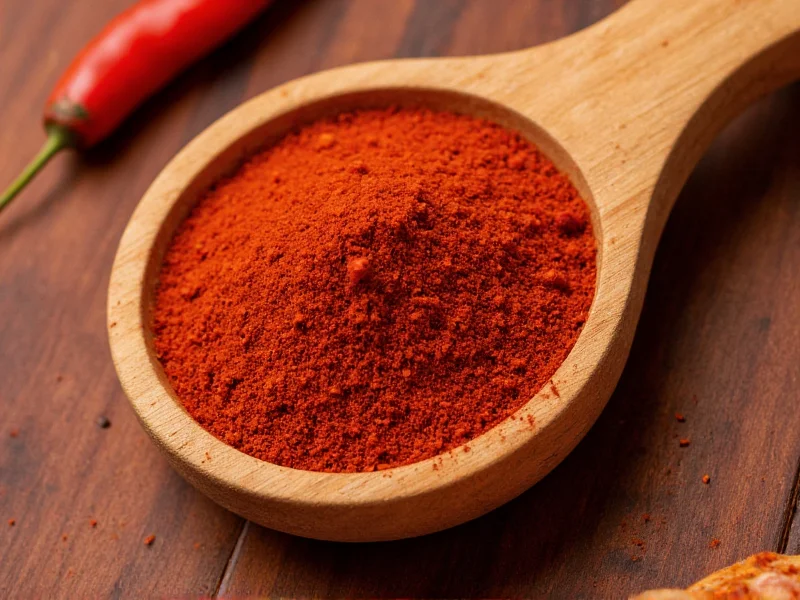Understanding Mild Chili Varieties
When exploring non spicy chili peppers for beginners, it's essential to understand that not all chilies deliver heat. The absence of capsaicin—the compound that creates spiciness—defines true no spice chili options. While many assume all chili peppers are hot, numerous varieties exist specifically for their sweet, fruity flavors without any burn.
Bell peppers (Capsicum annuum) represent the most accessible no spice chili option, available in multiple colors including green, red, yellow, and orange. Each color indicates different maturity stages, with red bell peppers being the sweetest and most nutrient-dense. These sweet chili peppers without heat contain zero Scoville Heat Units (SHU), the standard measurement for spiciness.
Top Mild Chili Varieties for Cooking
Culinary professionals seeking mild chili pepper varieties for cooking often turn to these reliable options:
| Chili Variety | Scoville Heat Units | Flavor Profile | Best Culinary Uses |
|---|---|---|---|
| Bell Peppers | 0 SHU | Sweet, grassy, vegetal | Salads, stir-fries, stuffed peppers |
| Pepperoncini | 100-500 SHU | Tangy, slightly sweet | Pickling, Greek salads, sandwiches |
| Italian Sweet Peppers | 0-500 SHU | Fruity, sweet | Roasting, grilling, pasta dishes |
| Pimento | 100-500 SHU | Very sweet, succulent | Cheese spreads, olives, roasted dishes |
| Sweet Banana Peppers | 0-500 SHU | Mildly tangy, sweet | Pickling, sandwiches, pizza toppings |
Nutritional Benefits of Mild Chilies
Choosing no spice chili options doesn't mean sacrificing nutrition. In fact, bell peppers contain three times more vitamin C than oranges by weight. Red bell peppers specifically offer 11 times more beta-carotene than green varieties. These non spicy alternatives to hot peppers provide significant amounts of:
- Vitamin A (essential for vision and immune function)
- Vitamin B6 (supports metabolism and brain health)
- Vitamin E (powerful antioxidant)
- Folate (crucial for cell function and tissue growth)
- Dietary fiber (aids digestion)
Unlike their spicy counterparts, cooking no spice chili varieties doesn't degrade their nutritional content, making them versatile for both raw and cooked applications.
Culinary Applications for No Spice Chili
Chefs specializing in cooking with no spice chili appreciate these peppers' versatility. The best mild peppers for salads include thinly sliced red bell peppers, which add sweetness without overwhelming other ingredients. For parents seeking non spicy chili peppers for children, stuffed bell peppers with rice and cheese offer a nutritious, appealing meal.
When substituting no spice chili in traditional spicy recipes, consider these professional tips:
- Replace jalapeños with pickled pepperoncini in Mexican-inspired dishes
- Use roasted red bell peppers as a base for "chili" sauces
- Add sweet banana peppers to pizza for flavor without heat
- Blend pimentos with cream cheese for a classic dip
- Stuff Italian sweet peppers with quinoa and vegetables
Common Misconceptions About Chili Heat
Many home cooks operate under false assumptions about chili peppers that don't burn. Contrary to popular belief, the seeds aren't primarily responsible for heat—they merely absorb capsaicin from the white pith inside the pepper. The misconception that smaller peppers are always hotter doesn't apply to no spice chili varieties, as size bears no relation to heat in mild peppers.
Another widespread misunderstanding involves ripeness: many think green peppers are milder, but bell peppers actually become sweeter as they mature from green to red. Understanding these facts helps cooks make informed choices when selecting mild chili pepper varieties for cooking.
Growing Mild Chilies at Home
Gardening enthusiasts interested in growing mild chili peppers at home will find bell peppers among the easiest varieties to cultivate. These no spice chili plants thrive in containers or garden beds with:
- 6-8 hours of direct sunlight daily
- Well-draining soil with organic matter
- Consistent moisture (but not waterlogged soil)
- Temperatures between 70-85°F (21-29°C)
For optimal results with sweet chili peppers without heat, harvest bell peppers when they've fully developed their mature color. While green bells are edible, allowing them to ripen to red, yellow, or orange increases sweetness and nutritional value. Most mild varieties mature in 60-90 days from transplanting.











 浙公网安备
33010002000092号
浙公网安备
33010002000092号 浙B2-20120091-4
浙B2-20120091-4